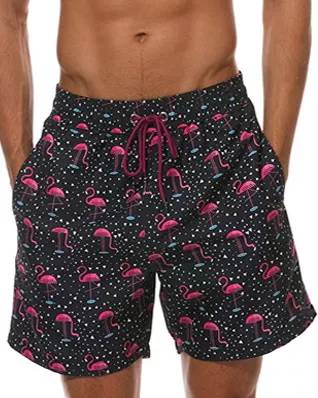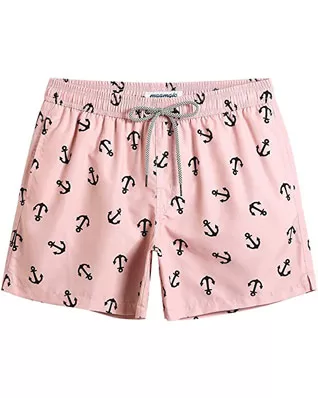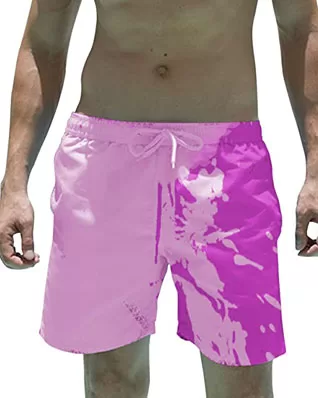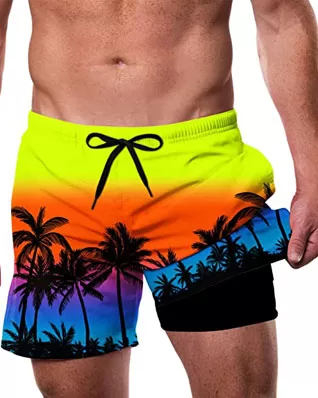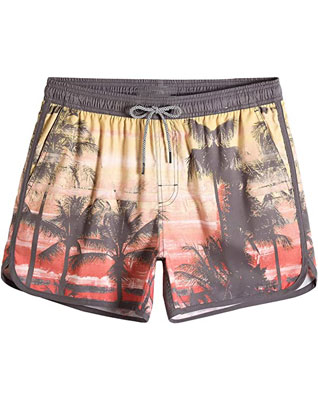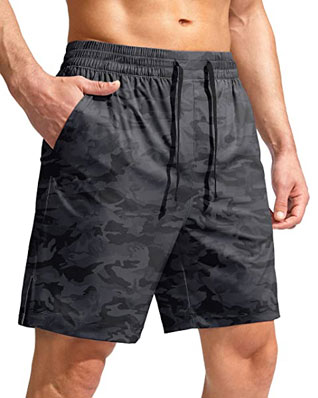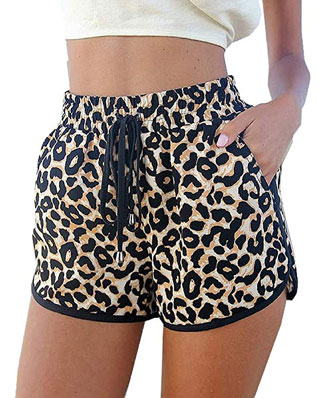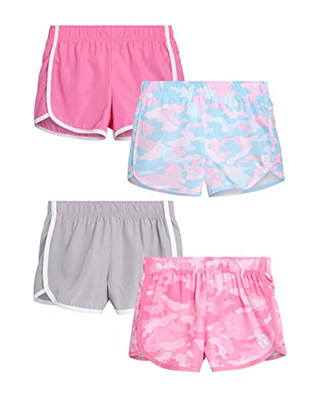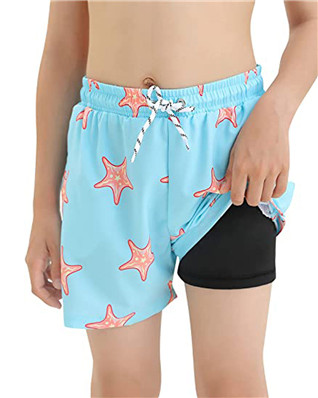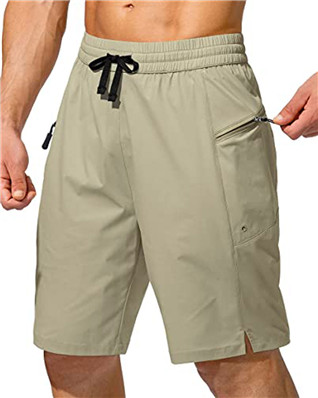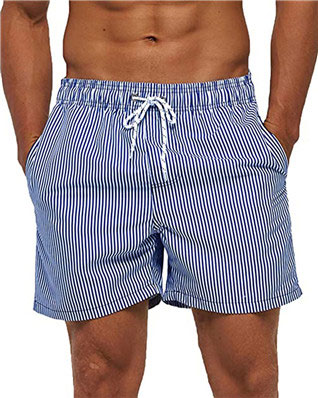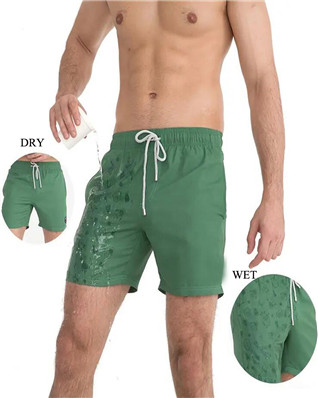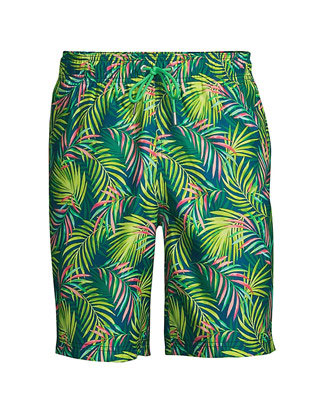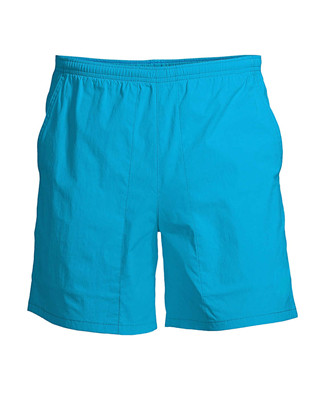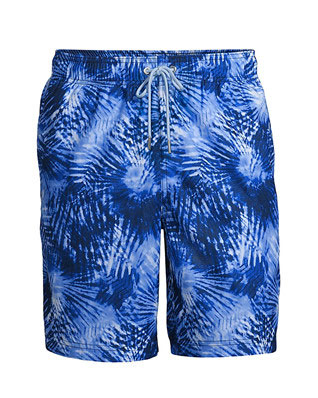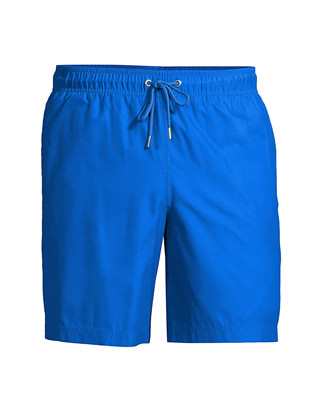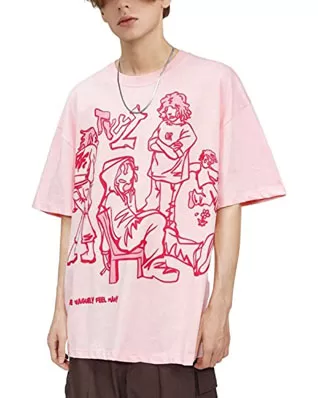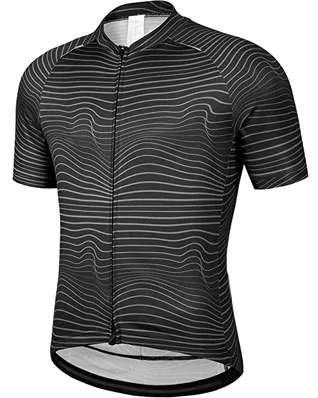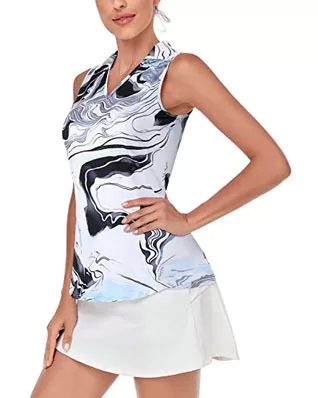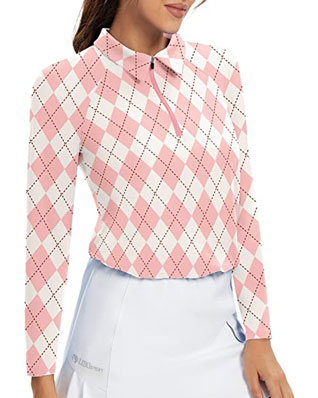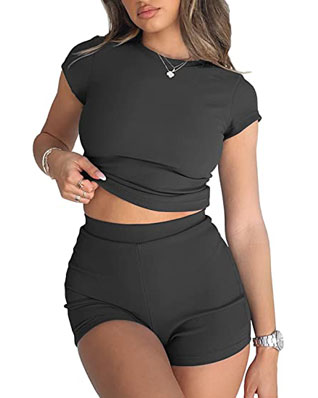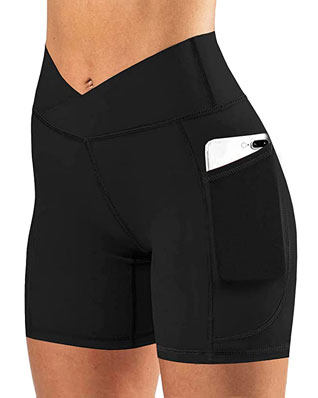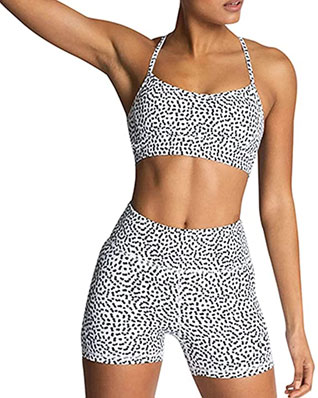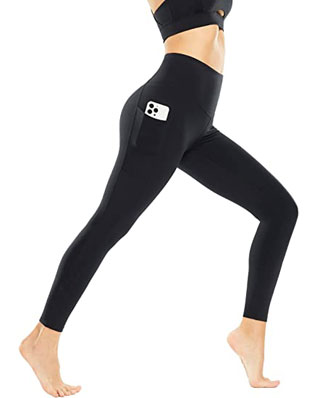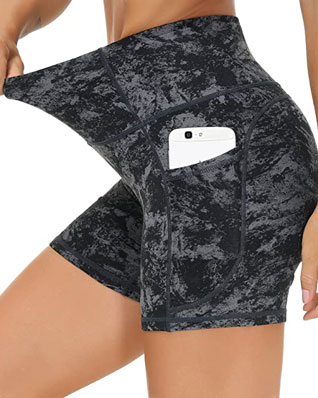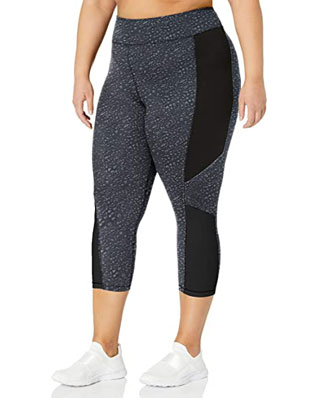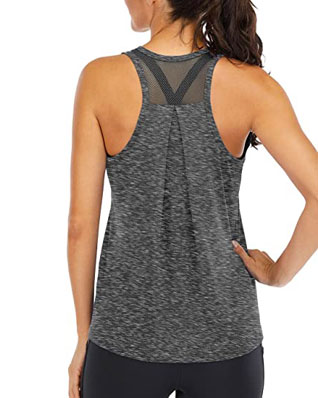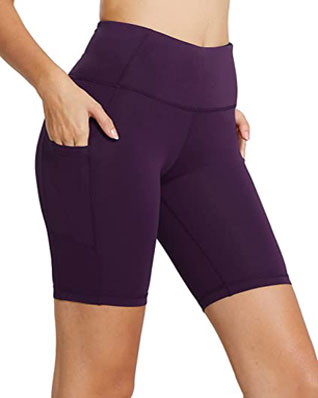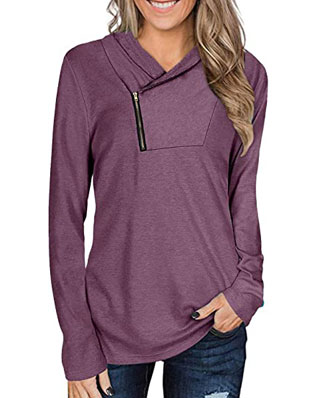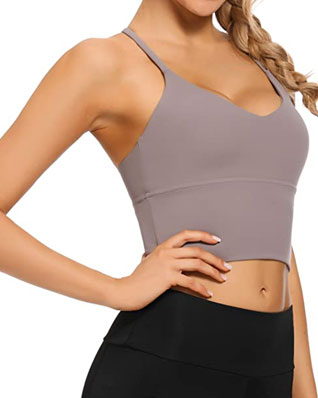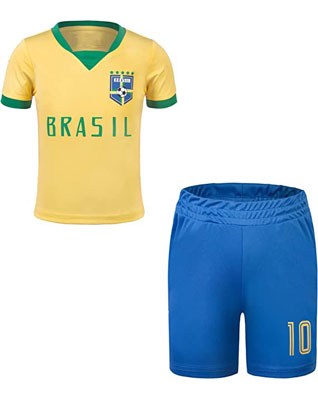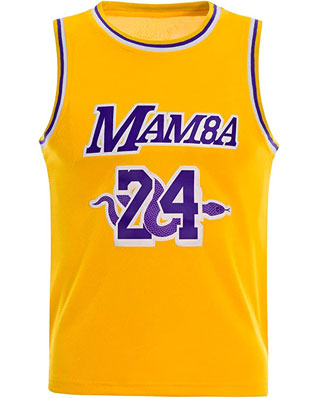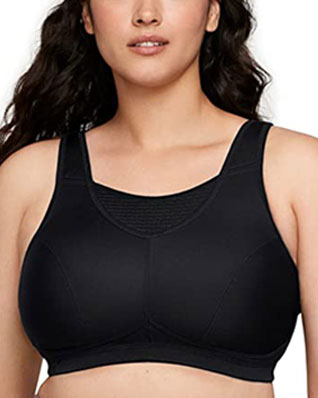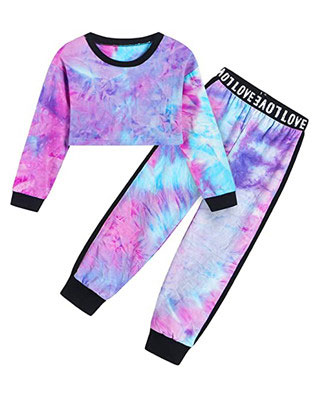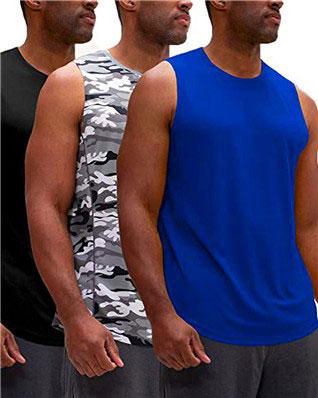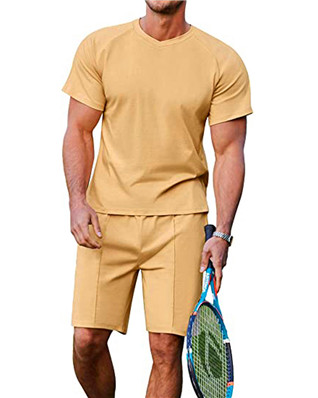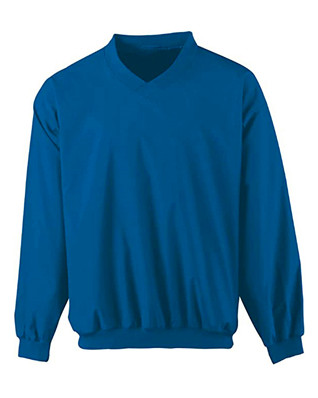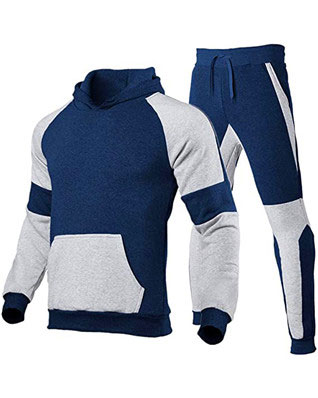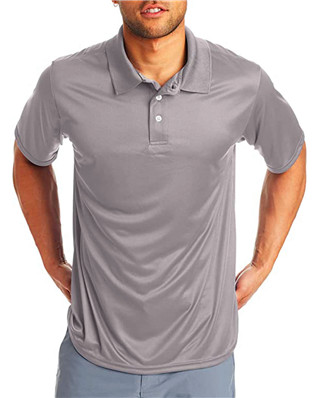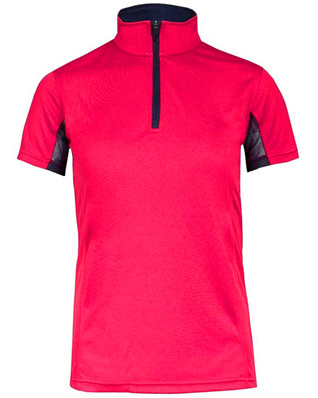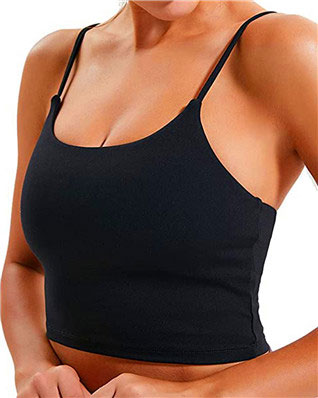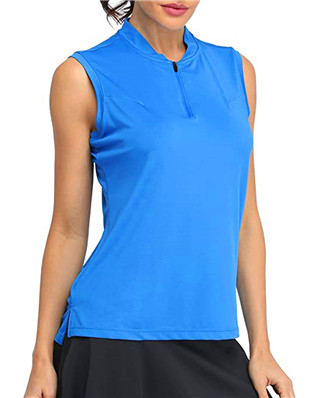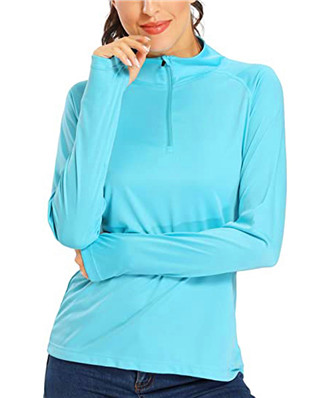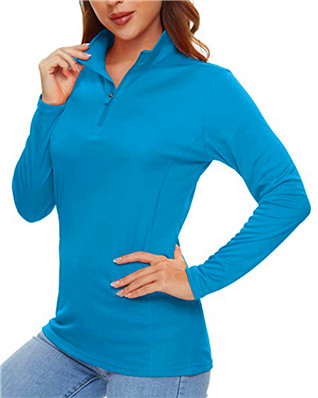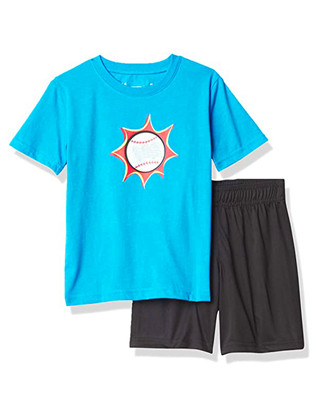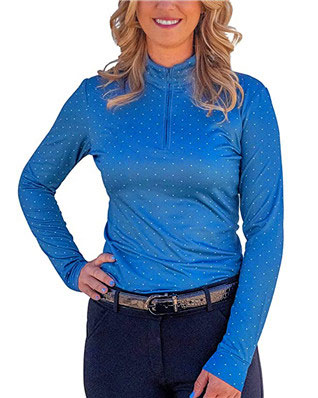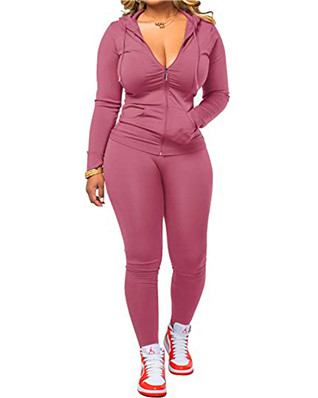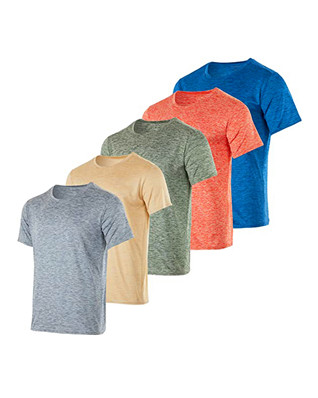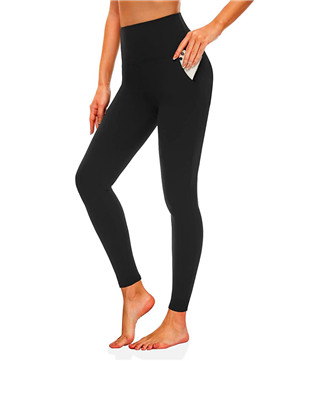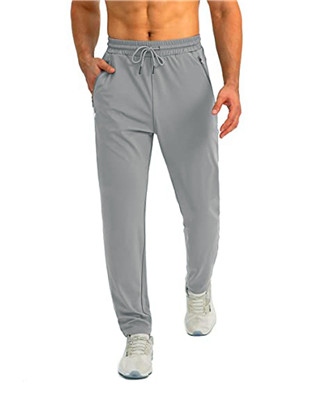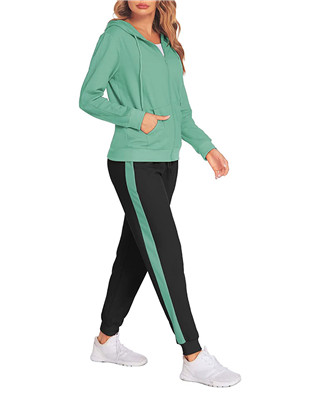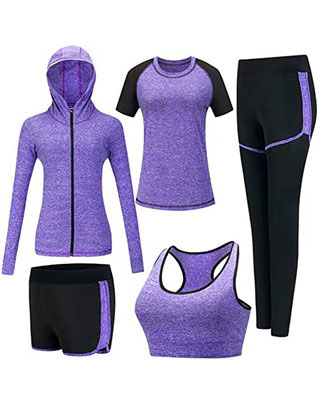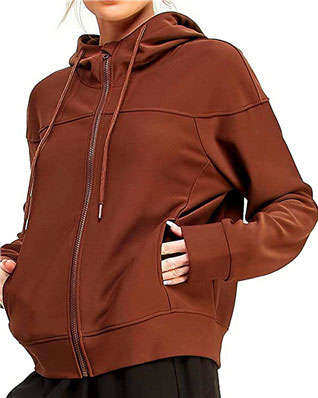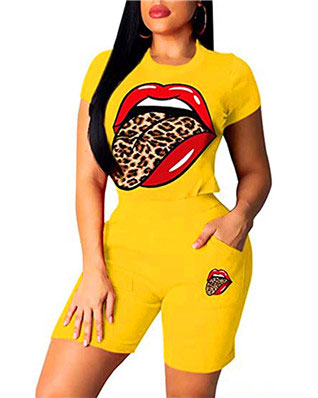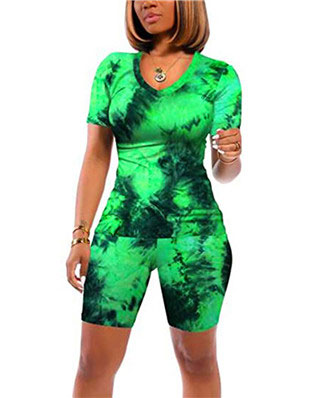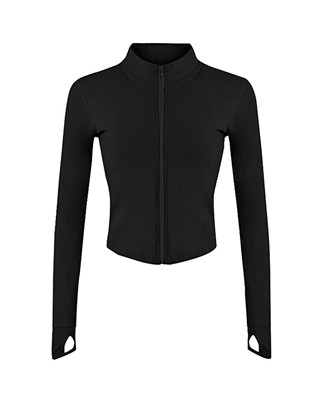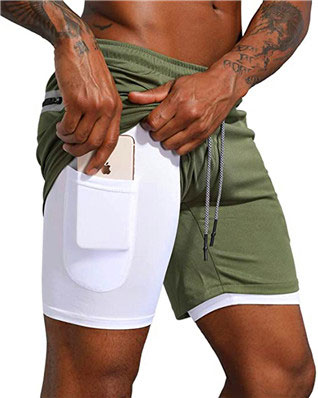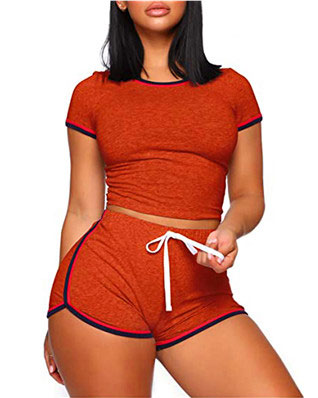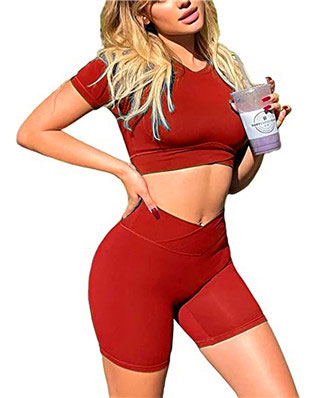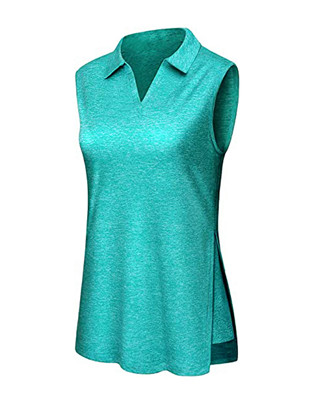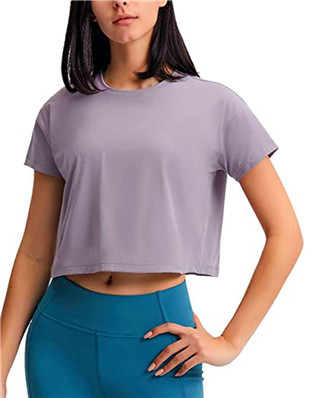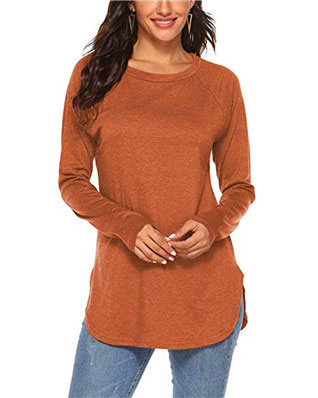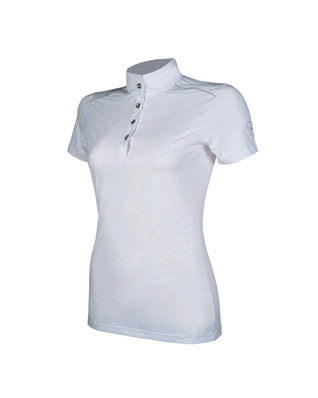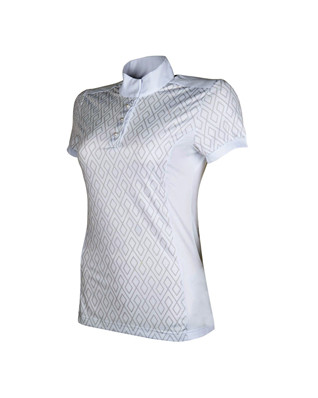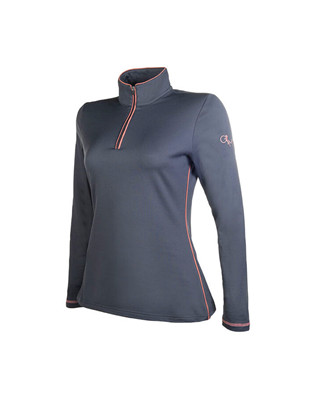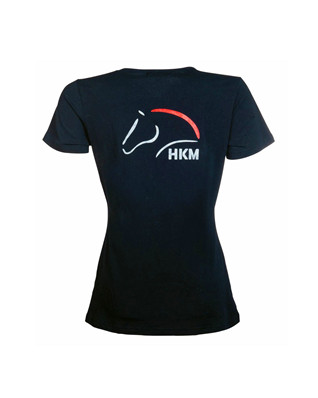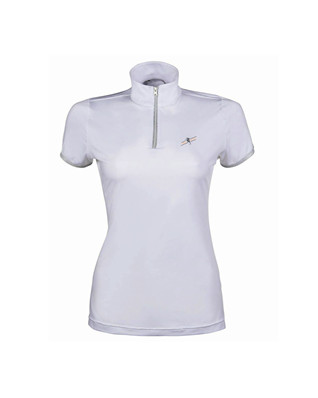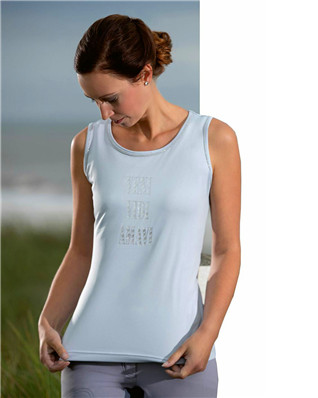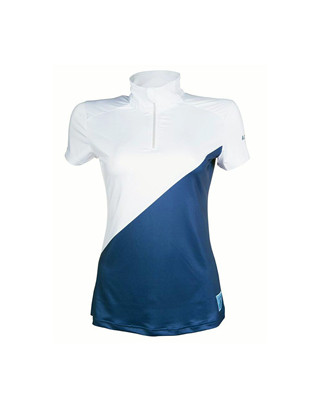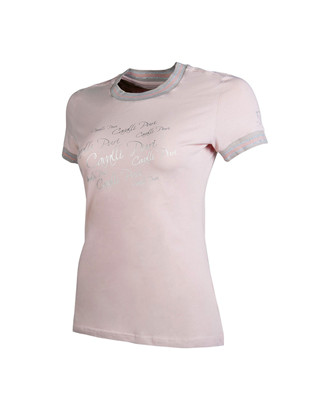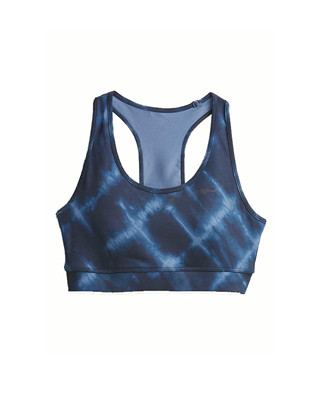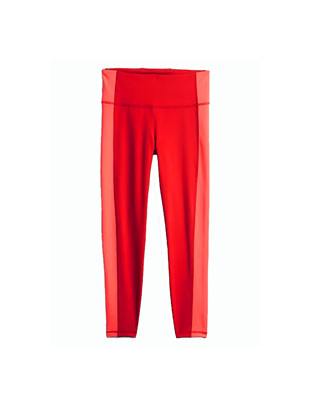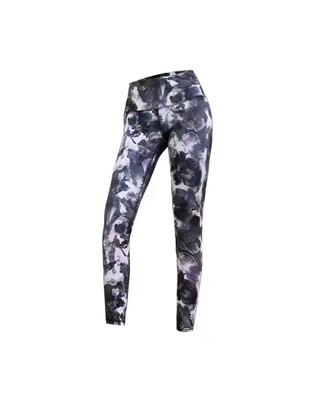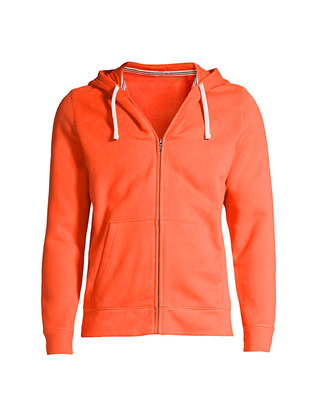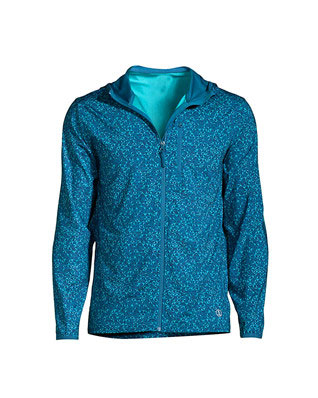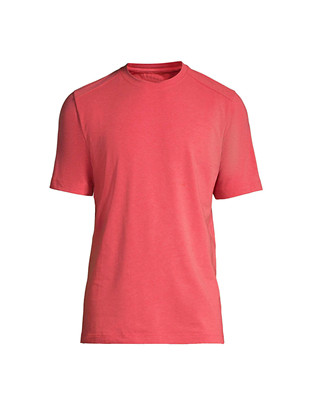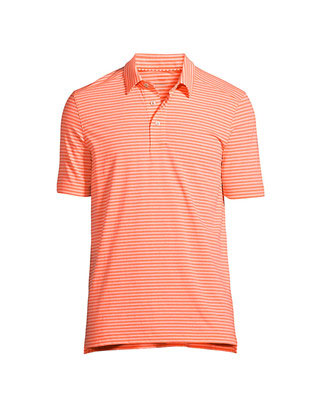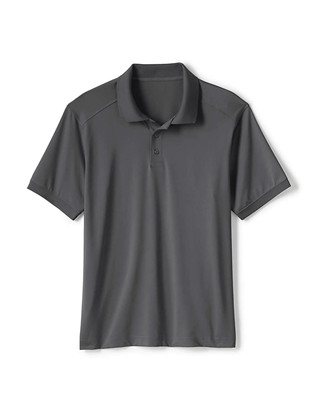The world is waking up to the dark side of the fashion industry slowly. The industry dissipated 1.01 gigatons of carbon dioxide into the atmosphere, one of the highest from the industrial sector. The number is expected to rise significantly by 2030.
此外, a study found that synthetic fibers used to make fashion products release microfibers into our water systems when washed. If manufacturers do not alter production processes and people do not change their attitude toward fashion consumption, fashion’s impact on climate and human life can be detrimental.
Here’s what you need to know.
WHY ARE FASHION MANUFACTURERS RECYCLING SYNTHETIC FIBER?
Fortunately, people are becoming increasingly aware of fashion’s carbon footprint. This is leading brands to adopt environmentally friendly methods of textile manufacturing. Recycling synthetic fibers is one of the ways brands are moving toward eco-friendly fashion.
然而, does recycling material solve the problem of microplastic pollution in oceans that synthetic materials are responsible for? This blog will discuss the good and bad of recycling synthetic fiber.
ADVANTAGES OF RECYCLING SYNTHETIC FIBER
A convincing case for recycling synthetic fibers can be made because recycling plastic helps preserve water and production resources and limit damage to the environment. 282 billion kilograms of carbon emissions were reported for polyester production in 2015.
Moreover, most synthetic fibers like polyester and nylon are made of plastic, which is non-biodegradable, so when sent to landfills, it does not break down and decompose. Meanwhile, we keep producing more virgin material for clothing which increases the burden on resources, has a heavy carbon footprint, and releases microplastics into our water channels upon being washed.
It makes sense to use recycled synthetic fiber instead of producing virgin material. 然而, it does not mean that recycled fibers in fashion are fully eco-friendly.
DISADVANTAGES OF RECYCLING SYNTHETIC FIBER
Child facing the sea with plastic pollution on the beach.
The many advantages of using recycled fiber over virgin material do not solve the problem of microplastic pollution. Recycled polyester is still polyester. When washed, it will still release microplastics that pollute the oceans. Therefore, it is not making fashion eco-friendly.
While better than virgin fibers, recycled synthetics are still not a holistic solution for the environmental damage the fashion industry is responsible for. Any type of eco-conservation will have to move consumer consciousness toward slow fashion, a movement dedicated to consuming less and of good quality to last longer.
我們是男人, 女性的, and children’s apparel manufacturers in Quanzhou Fujian China that is dedicated to helping designers produce sustainable fashion lines from ethically sourced materials. 我們改進的製造方法, 包括激光切割技術和計算機輔助設計, 減少紡織品和紙張廢物. 如果您是一名設計師,希望從以可持續發展為導向的時裝製造商那裡開發環保時裝系列, 聯繫我們預約.


